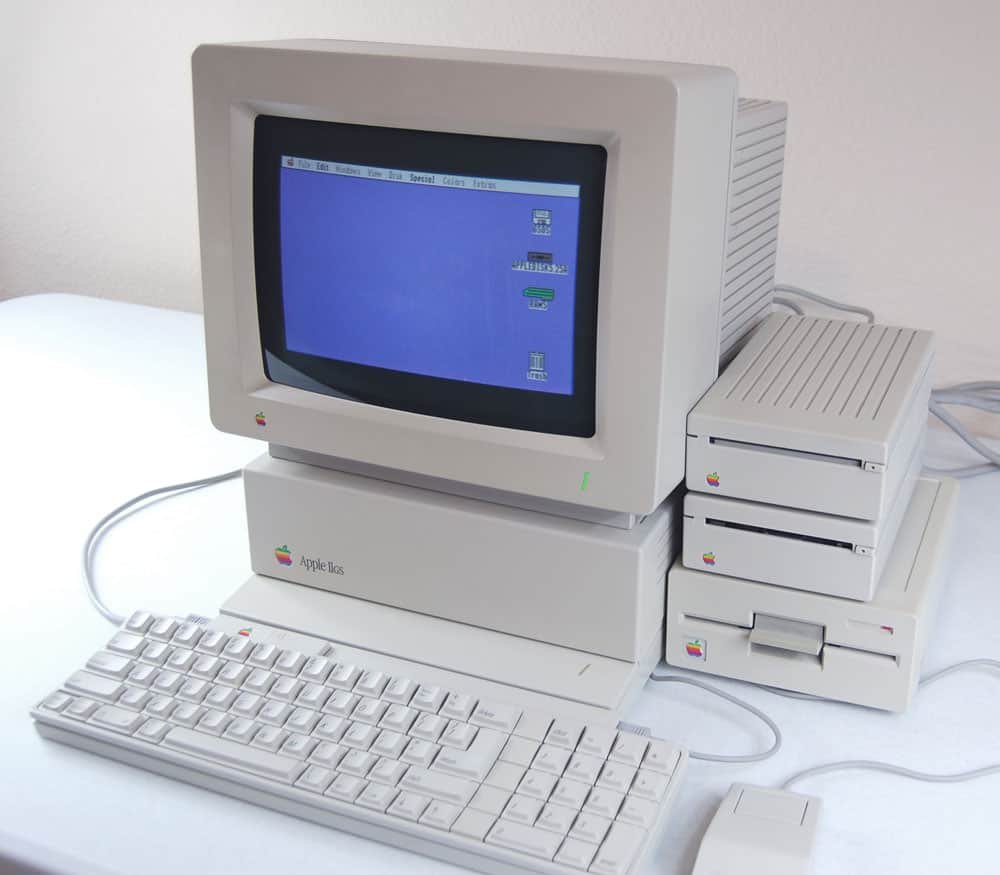In 1986, Apple introduced a new addition to their Apple Monitor series: the AppleColor Composite Monitor. On September 15th of that year, the tech giant announced the release of this 13-inch RGB color monitor, which was designed to work with the Apple IIc and IIGS computers.
The AppleColor Composite Monitor boasts a number of impressive features for its time. With the ability to display up to 80-column text and graphics, users were able to enjoy a high level of visual clarity and detail. Additionally, the monitor offered 16 different color options or the option for a monochrome display. The RCA-style phono jack connection made it easy to connect the monitor to a computer, allowing for seamless use.
37 years later, the AppleColor Composite Monitor remains a significant piece of technology in the history of Apple and the evolution of computer displays. While it may not be the latest and greatest in terms of technology, it stands as a testament to the innovation and forward-thinking of Apple during the mid-1980s.

AppleColor Composite Monitor Details
| Introduced | September 15, 1986 |
| Discontinued | Unknown |
| Order Number | A2M6020 |
| Original Price | Unknown |
| Colors | Beige |
| Weight | 27.5 Ibs. 12.473 KG |
| Dimensions | 12.4” H x 13.4” W x 14.4” D 31.49 cm H x 34.03 cm W x 36.57 cm D |
System Requirements
- Apple IIc or Apple IIGS
Display Specs
| Type | CRT |
| Size | 14″ |
| Viewable Area | 13″ |
| Colors | 16 colors or monochrome |
| Brightness | Unknown |
| Resolutions | Up to 640 x 200 pixels |
| Text Display | 80 columns by 24 rows (monochrome) 40 columns by 24 rows (color) |
| Viewing Angle | Unknown |
| Contrast Ratio | Unknown |
| Response Time | Unknown |
| Pixel Pitch | 0.52 mm |
| Pixel Density | Unknown |
Connections
| Connection | 1 – RCA-style phono jack |
| Audio | None |
| Camera | None |
| Ports | None |
Power
| Maximum Continuous Power | 75 W |
Further Reading and References
- AppleColor Composite Monitor – Computer History Museum
- AppleColor Composite Monitors (PDF) Brochure – Mirrors Apple2
- AppleColor Composite Monitor Owner’s Guide (PDF) – Apple IIgs Info
Disclaimer: The data presented in this article is under continuous development and has been manually collected from various sources based on their availability. The author of this article may revise this dataset as additional research is conducted and reviewed. Please note that the information is provided “as is” and “as available” without express or implied warranties. The author cannot be held responsible for any omissions, inaccuracies, or errors in the published information. Any warranties relating to this information are hereby disclaimed.
Last updated: April 9, 2023
